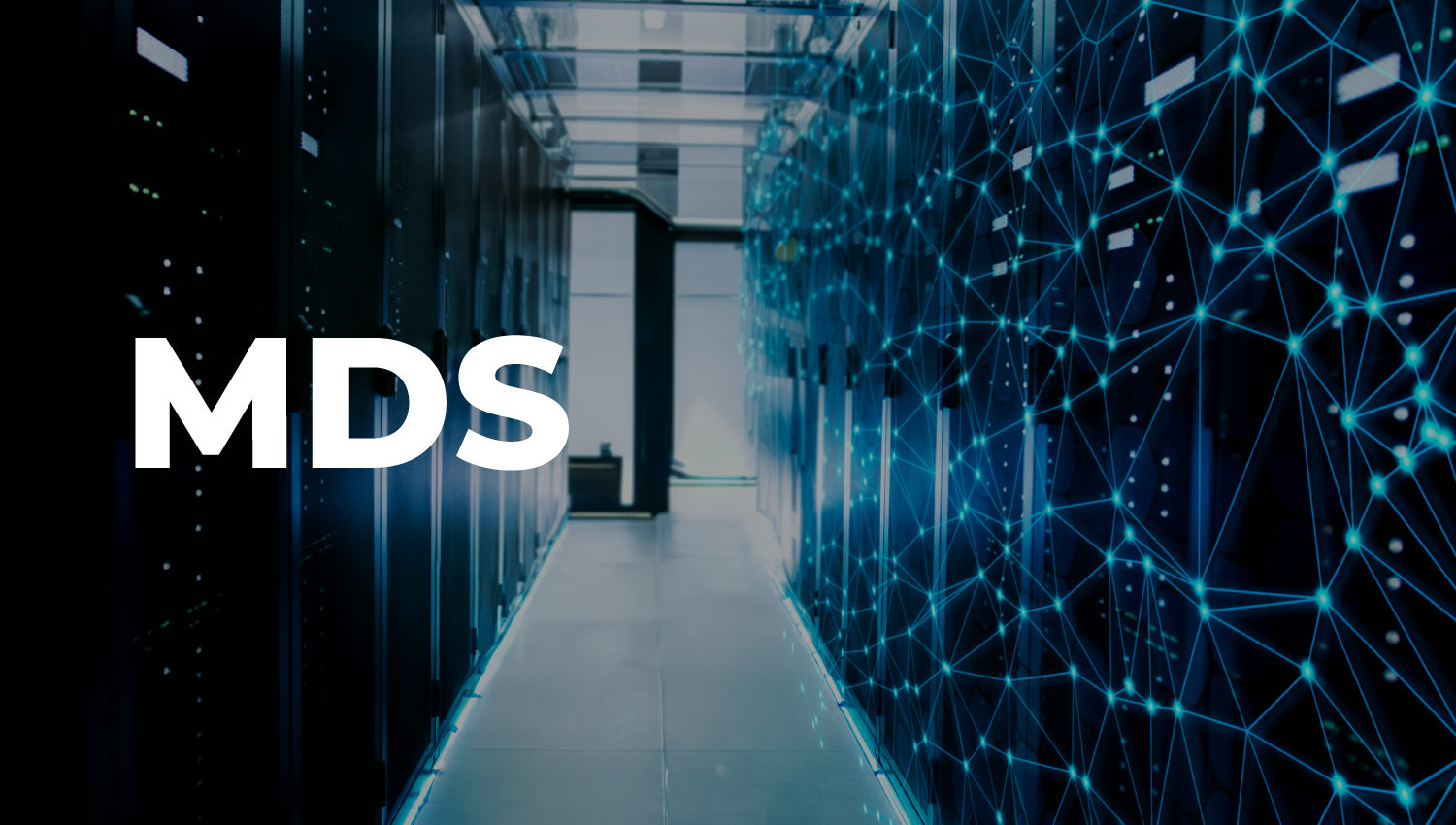ETL ou ELT: de qual você precisa para ter uma infraestrutura data driven?
Building a data-driven infrastructure using ELT has been the path chosen by people who lead several companies and who want to grow and stay ahead of competitors.
If you've already started this digital transformation but are still using ETL, it's important to keep in mind that we can always do better. And that's the main reason to read this article.
We want to explain that, in order to have a modern data-driven infrastructure that accelerates the growth of your company, you must meet the ELT.
What is a data-driven infrastructure?
A data-driven infrastructure consists of an ecosystem of technologies, processes, and people necessary for collecting, storing, maintaining, distributing, and using data in a scalable, flexible, and adaptable manner to market advances.
In other words, it is the structural foundation that a company needs to keep up with the growth of its current increasingly agile and complex data operations.
And one of the main differences between data-driven infrastructure and traditional data structuring is precisely the adoption of the ELT process instead of ETL.
What is ETL?
ETL (in Portuguese, extract, transform, and load) is the traditional means of data transformation. This is the process of loading transformed data from multiple repositories into a unified data warehouse.
This process requires a specialized IT team, making the business team dependent on it. This often makes the method in question (ETL) complex and time-consuming.
What is ELT?
To make the data transformation process more agile, scalable, flexible, and cost-effective, modern companies have turned to a second alternative, called ELT (in Portuguese, extract, load, and transform).
The main difference between this new approach and traditional ETL is that the transformation step occurs after the data is loaded into a data warehouse or data lake.
With this investment, life is easier for business teams, who now have the autonomy to streamline their function.
How to build a data-driven infrastructure using ELT?
To implement a data-driven infrastructure in your company, you need to follow 5 steps. Ready to get started?
STEP 1: Data Collection and Extraction
Initially, data is collected from multiple sources such as CRMs, Excel spreadsheets, social media, etc.
It is at this moment of extraction of the ELT process that the necessary adjustments are made, with the help of the right tools, so that the data is ready for the next step.
STEP 2: Data storage and management
Data is now loaded into data warehouses (DW) and data lakes (DL), scalable and secure frameworks that enable large-scale analysis and information management.
STEP 3: Data Transformation
It is because of the massive volume of data for processing that, instead of the traditional ETL, the modern ELT flow is used, a faster and more flexible approach to the transformation of many, many data.
In the ELT, this transformation takes place in a centralized data repository (DWs and DLs) right after the information is extracted and loaded, rather than before, as occurs in ETL processes.
Thus, the raw data is transformed into modeled data within a data warehouse or data lake.
STEP 4: Business intelligence (BI) and data analytics
After implementing ELT and building a data warehouse and/or data lake, the information and insights that add value to business decision-making finally become accessible to end-users in real time.
With this, it is possible to visualize data in interactive dashboards and intelligent reports using business intelligence (BI) tools to then perform a modern data analysis.
STEP 5: advanced analytics
In this last stage, advanced machine learning, artificial intelligence, and predictive modeling techniques are developed within the data-driven infrastructure configured in the previous steps.
In practice, any infrastructure built on these five basic steps will be ready for the scalable growth of modern data operations and your business.
Get to know a real case of those who are already on the right track
Brognoli, the largest real estate company in Santa Catarina, sought out our Indicium team with the aim of visualizing its marketing, ERP and CRM data in one place.
We were challenged to create a complete and fully customized BI strategy. To do this, we imported data from various sources and built a data warehouse (DW) and a data lake (DL) so that everything was properly centralized and easily found, both by technical teams and business teams.
Finally, we created a fully customized and up-to-date dashboard based on DW and DL data, using the Power BI tool. As a result, Brognoli was able to create real estate sourcing strategies and make data-driven financial decisions.
Build a data-driven infrastructure in your company
We have a highly qualified team to help you have a data-driven infrastructure in your company as well.
No matter how big it is, get in touch here today. Let's grow together.

Isabela Blasi
CBDO and co-founder at Indicium




